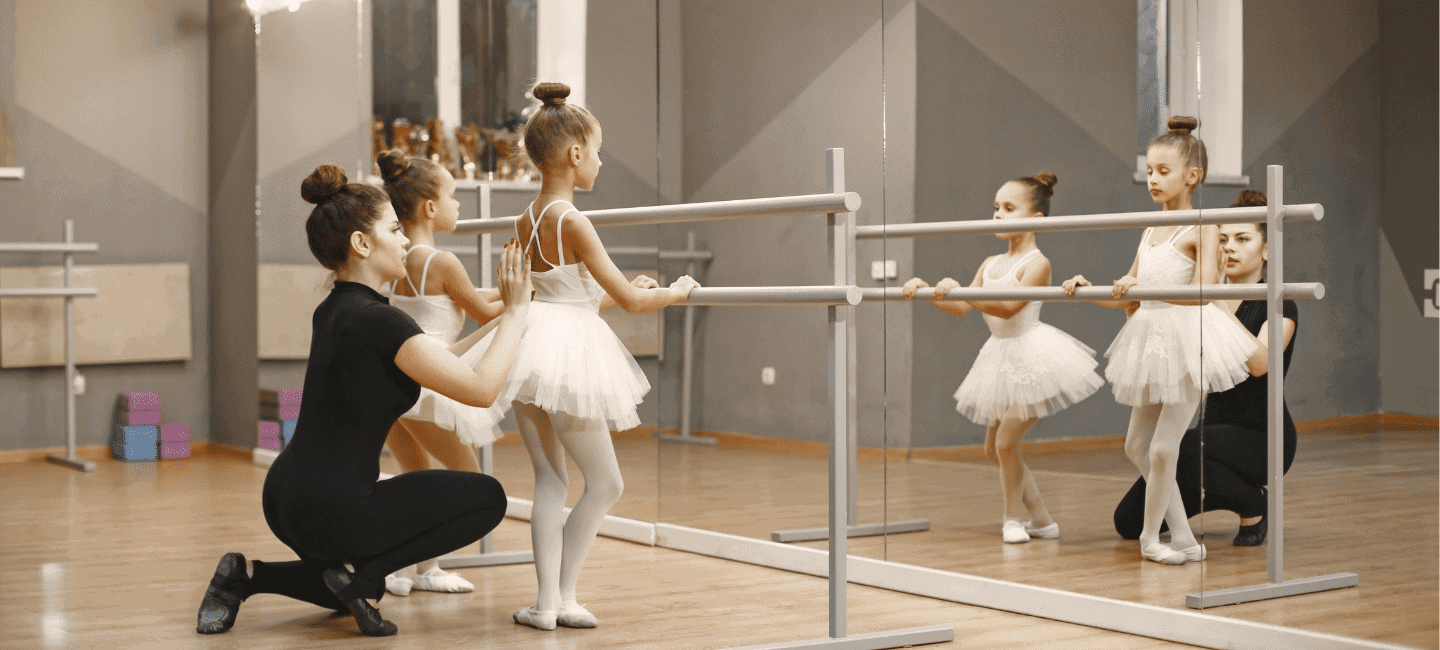Serious Games and Their Effect on Improving Attention in Students with Learning Disabilities
Finding the correlation between serious games based on multiple intelligences and the improvement of concentration and attention in students with Attention deficit hyperactivity disorder [ADHD] and Specific Learning Disability [SLD]. The effect of ‘serious’ games on focus and attentionUsing the Tree of Intelligences (ToI) method, based on Gardner’s Theory of Multiple Intelligences, serious games such […]
Finding Focus With Digital Game-Based Learning

There exists much debate about the effects of digital technology environments on children. The study aimed to determine whether or not the use of an educational app can positively impact preschoolers’ attention development.
Taryn’s story
If you asked me two years ago while I was in Teacher’s College whatmy dream job would be, I would have replied without hesitation…”Easy! A High School English teacher.” From a highschooler with a passion for reading to an undergraduate studenttaking English courses on everything from comics & cartoons toShakespeare and dystopian narratives, I thrived […]
MARIO Learning Letter
“Don’t offer a lecture to a person who needs a hug” – Funmi Iyanda Dear fellow educators, As I write, it is nearing the end of the much-needed summer break after our third COVID teaching year. This pandemic has brought about so much hand-wringing stress and disorienting change to those in our line of work; […]
Evaluating the Effectiveness of Educational Games

The authors wanted to specifically examine what knowledge-construction behaviors are exhibited by elementary school students when using serious games and how these behaviors differ across academic performance levels.
Understanding Inclusive Education Among a Triad of Stakeholders

Within American school districts, there is a call to reimagine what inclusive education looks like to respond to the overall need for equity. As a means to initiate this transformation, the study seeks to assess the current understandings of inclusive education amongst a triad of stakeholders (school administrators, special educators and general educators) in order to outline next steps for creating inclusive schools.
The Influence of Learner Motivation on Academic Achievement

This study shows how influential theories of academic motivation have conceptualized reciprocal interactions between motivation and achievement, and the kinds of evidence that support this reciprocity.
The Effectiveness of Campus Counseling for Students with Disabilities

The prevalence of depression among adolescents and early adolescents in China has received more attention in recent years. Few studies have examined the influence of both autonomy and relatedness support combined as a protective and corrective effect on depression.
The Effect of Teacher Autonomy and Student-Teacher Relationships on Depression

The prevalence of depression among adolescents and early adolescents in China has received more attention in recent years. Few studies have examined the influence of both autonomy and relatedness support combined as a protective and corrective effect on depression.
Analyzing Students’ Emotional Experiences in Physical Education

While there are many studies out there that examine the general intrinsic motivation for physical activity, little research has been done on emotions as a crucial factor in understanding student motivation in a PE setting.
